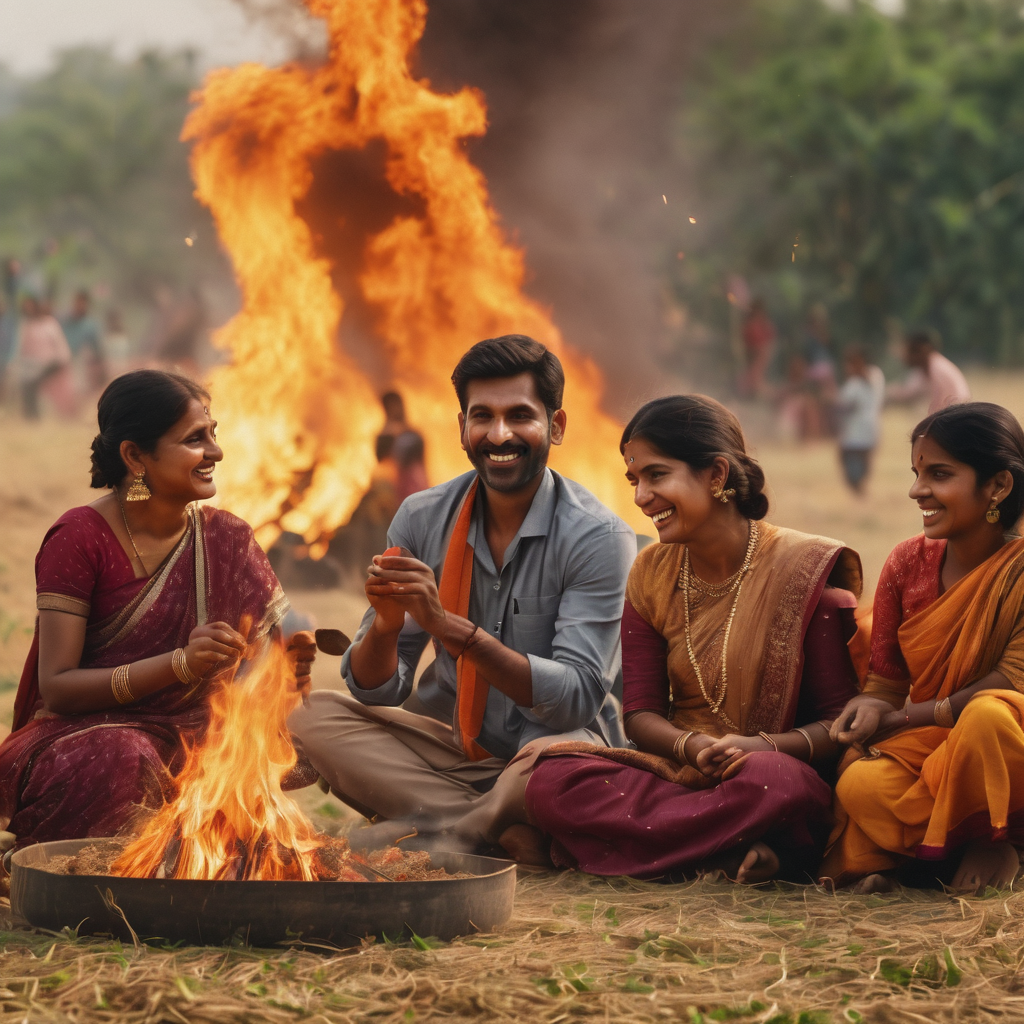Makar Sankranti, which is celebrated as an annual festival every year on the 14 th or 15th of January holds cultural, religious and agricultural amenity in India. The festival is celebrated in order to celebrate the beginning of transitioning of the sun from Makara or zodiac sign Capricorn. Here are the primary reasons why Makar Sankranti is celebrated:
- Harvest Festival: Makar Sankranti is more of a harvesting festival. Farmers thank for a good harvest and ask to be blessed in the next agricultural season.
- Solar Transition: Fire Festival falls on the occasion of sun’s movement into Capricorn, Uttarayan. This is a movement that symbolizes the sun’s northward trip which makes days longer and temperature higher.
- Religious Significance: Makar Sankranti is an important festival in Hinduism. Devotees observe ritualistic dips in holy rivers such as the Ganges, praying to Surya –the sun god. This act symbolizes the washing away of sins and cleansing. Once every twelve years, the Hindus celebrate Makar Sankranti forming a Kumbha Mela – it is one of the greatest gatherings in terms mass pilgrimages globally with approximately 60 to 100 million people gathering for this occasion.
- Cultural Celebrations: The festival is celebrated in the cultural activities and traditions of different regions across India. States such as Gujarat have adopted the tradition of kite flying, and in other areas people engage themselves making community feasts along with bonfires besides cooking traditional sweets.
- Symbol of Unity: With different names and ceremonies, Makar Sankranti is celebrated all over India as One Nation Many Cultures. Makar Sankranti is identified by a number of regional names like Pongal, Uttarayan, Magh Bihu and Lohri across several parts in India. It is also observed in Nepal as Maghe Sankranti, Thailand and Cambodia as Songkran and Myanmar known Thingyan.
Also a few claim that Makara Sankranti is also linked to birth and arrival of the deity ‘Narashansa’ or ‘The Anointed One’, first guru of Righteousness Kaliyuga, precursor to final avatar Hindu God Vishnu vehicle – Kalki.
Makar Sankranti is viewed as an auspicious season for initiating new activities. Many people use this opportunity to give donations, charity work or start businesses that suit their dreams. The festival highlights the close relationship between human life and nature. It fosters an attitude of understanding and appreciation towards the environs, reminding them how seasons change cyclically and their own dependency on agriculture for survival purposes.
It is a harvest festival that combines agricultural practices, religious activities and cultural festivities. It is the beginning of life once again and that season when people give thanks for all the gifts received from nature during that year as well look forward to better times ahead.

